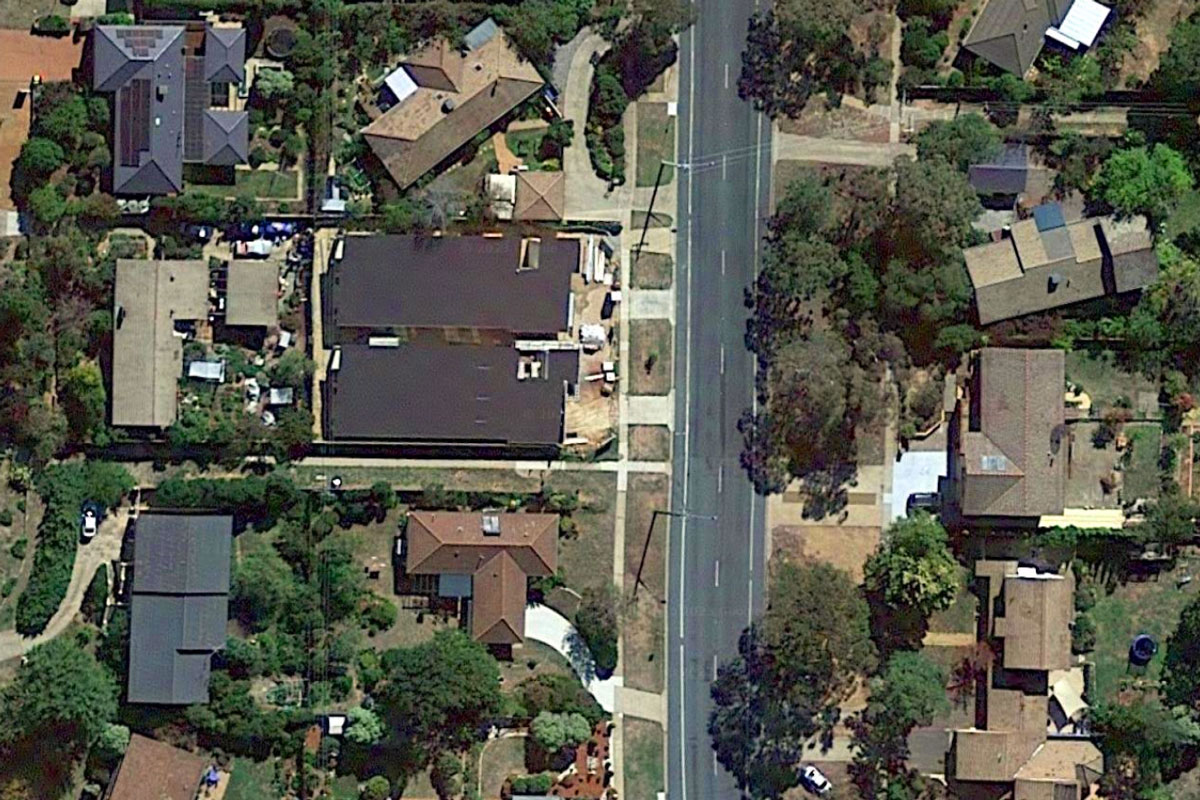
“We now have an ACT government that does its best to look busy but no longer functions for the benefit of those who cherish the city,” bemoans “Canberra Matters” columnist PAUL COSTIGAN. “How the hell did we get to this?”
READING through submissions for one of the many inquiries conducted by this ACT government, there was one submitted by Rebecca Vassarotti as Heritage Minister. This was a little weird, given that the heritage minister was submitting to an ACT government inquiry on heritage – but that’s another story.

The reality is that it was likely written by her bureaucracy. But she signed off on it, so it represents her views and the values of the ACT Greens. The submission spoke volumes about the flawed and deteriorated state of the ACT government.
Try this bit of rubbish: “The ACT government is currently progressing the ACT Planning System Review and Reform Project, to deliver a modern planning system focused on delivering outcomes for the people of Canberra.”
She still refuses to see what is in front of her. Despite that community groups have continually highlighted the serious failures of the administration of planning in Canberra, the ACT Greens determinedly refuse to acknowledge the truth of what the chief minister’s agenda is about. That being the downgrading of the city’s planning and the destruction of the character of this city in the landscape.
Then she says: “The new Planning Bill includes key improvements relating to heritage – such as the recognition of First Nations culture, knowledge and tradition, and the inclusion of cultural heritage conservation principles in the definition of good planning.”
Residents have had to work hard to find any mention of heritage and when there is a mention, it is minimal. Heritage has been given little priority by Andrew Barr and given what is being proposed, consideration of heritage issues will be even more optional – if that.
And more: “The ACT Planning Strategy also sets out that urban redevelopment must consider and respond to issues such as the neighbourhood character of heritage areas.”
This is absolute rubbish, given that under the proposed deregulated processes, urban development decisions will be subjective and based on the bureaucracy’s inclinations. Neighbourhood character is a criterion that this government has not taken seriously and there are no signs of change for the better.
The image at the top is of a build in an established suburb. The nearby homes, their trees, gardens and open spaces reflect the neighbourhood character. The build represents what the planning bureaucracy approves now despite all the ACT Greens’ years of rhetoric about trees, greening, climate and urban green infrastructure.
The picture says it all. This form of suburban cramming is appearing in established suburbs across Canberra. This will be the new normal for approvals under the chief minister’s proposed reforms. It is most likely these deregulation reforms will sail through the assembly given that none of them takes urban character seriously. They have much more important things to do such as publishing their selfies taken at community events.
The ACT Greens have formed a coalition with ACT Labor for more than a decade. The expectation would have been that the ACT Greens would have demanded a priority on biodiversity, urban climate issues, greenery, sustainability and energy efficient housing.
At the 2022 ACT election they stated they were Building a Better Normal. Presumably that meant that housing and urban developments were to get better. If so, they have failed miserably! The ACT Greens have achieved very little that delivers 21st century housing and urban developments.
The planning bureaucracy should be questioned about how they approve residences with so much missing – backyards, space for greenery and anything matching the neighbourhood character. It must also be recognised that the bureaucracy does this with the blessing of Greenslabor politicians – and most likely with the quiet approval of the Canberra Liberals because they, too, choose not to upset developers.
We now have an ACT government that does its best to look busy but no longer functions for the benefit of those who cherish the city. If the proposed deregulations are approved, those purchasing homes now and into the future will be dealing with massive heat-island suburbs.
The ACT Greens refuse to acknowledge what the residents of this city are saying and what is atrocious about what is being proposed. Instead they blurt out vacuous spin such as “a modern planning system focused on delivering outcomes for the people of Canberra”. What rubbish!
Based on the statements they make, including that gem from Vassarotti, the best we get from the ACT Greens is their continuous vacuous spin about how wonderful they are. How the hell did we get to this?
Who can be trusted?
In a world of spin and confusion, there’s never been a more important time to support independent journalism in Canberra.
If you trust our work online and want to enforce the power of independent voices, I invite you to make a small contribution.
Every dollar of support is invested back into our journalism to help keep citynews.com.au strong and free.
Thank you,
Ian Meikle, editor








Leave a Reply